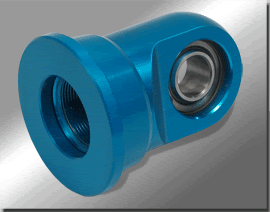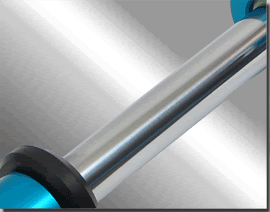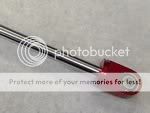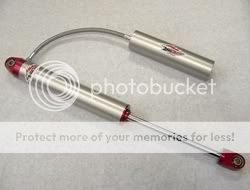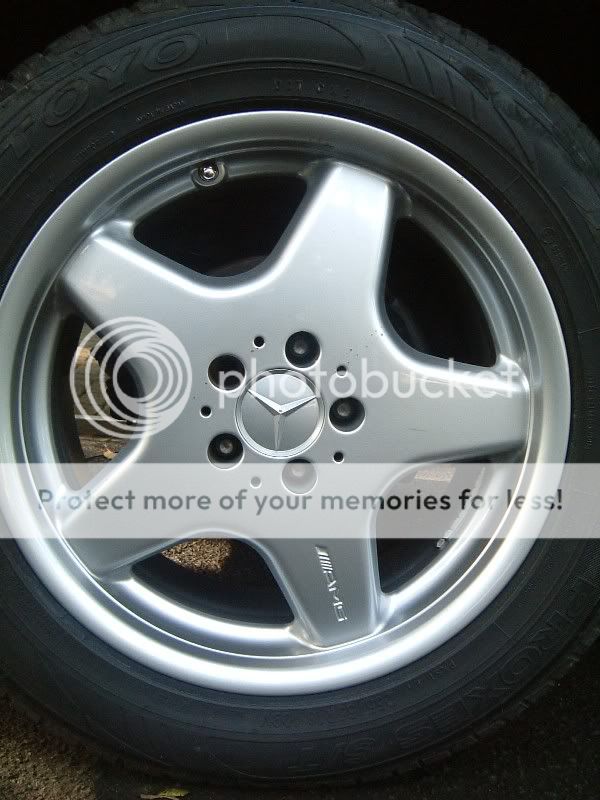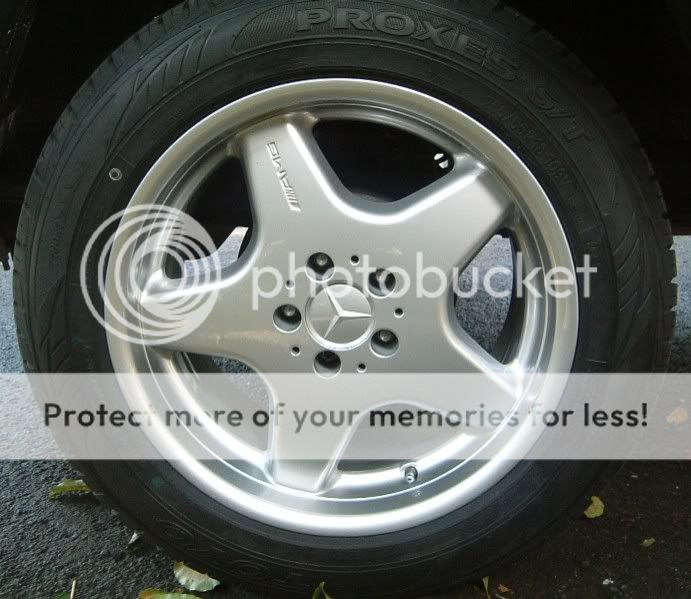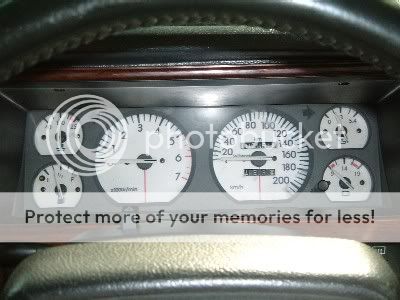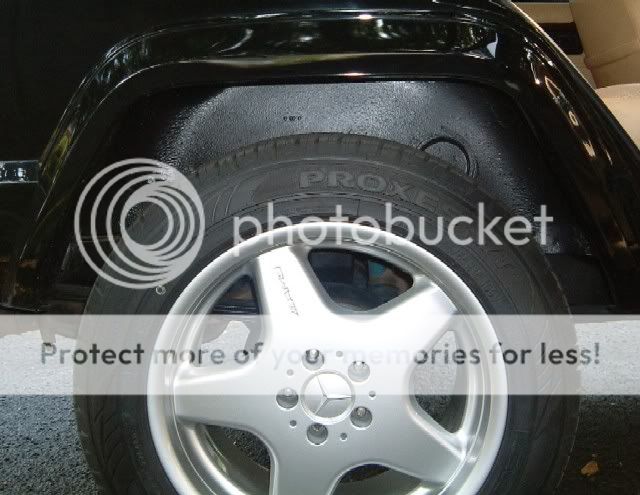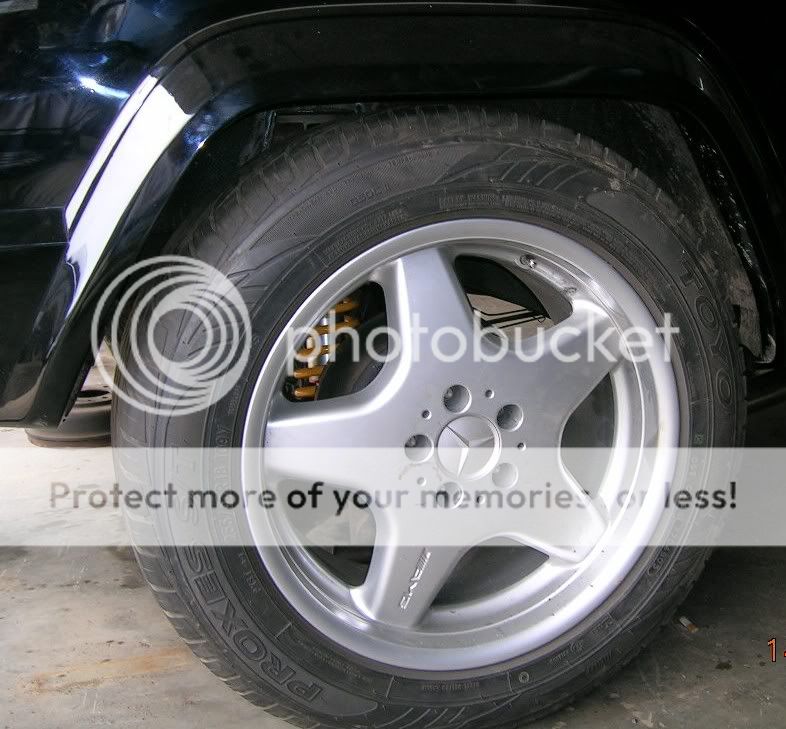Shocks Technology (Coil Over)
RichP said:
I seem to remember an aussie company that makes an adjustable hydraulic system to raise and lower suspension systems. I recollect it was a hybrid design based on citroens design. Can't find the link but it looked interesting. I think the name of the company was kenetic suspension systems... or KSS
Thanks for the info. The address for it is
http://www.kinetic.au.com/.
However, I have done a couple of COIL-OVER installation range using :
- KING SHOCKS Coil Over
- SWAY-A-WAY Coil Over
- Walker Evans Coil Over
- Regular shocks converted to Coil Over
- Regular shocks
The main things (besided the technologies that goes into shocks valving (rebound, compression, etc) are the size of the
MAIN SHOCKS SHAFT.
In standard front XJ setup, the standard shocks shaft are a normal size compare to KING SHOCKS .
This set-up is acceptable, because the whole XJ body are HELD in place by the COIL mounting (Upper and Lower) bracket. The only function of the shocks are to smoothen the vibration (compression and rebound)
In COIL-OVER set-up, the whole body of the XJ are held in place by the ;
- the RODS END (pic-1)
- the coils in between the shocks, and
- the lower and upper mounting of the coil-over shocks, and
- THE SHOCKS SHAFT that that transmit the movement of the body, axle and coils. (pic-2)
Using a small shaft diameter in a coil-over application ussually will cause the
shocks shaft to bind, which the will cause shock failure.
PIC-1
The rod end is made from 7075 cold drawn aircraft aluminum allow for pure strength and durability for heavy reciprocating loads. This material is the best and exceeds the demands of the toughest racers today. Pistons are made from 7075 cold drawn aircraft aluminum allow as well. This process gives the extra strength needed and allows for less heat expansion at high temperatures. The piston and valving see the most heat during shock use because energy is being controlled and thus converted to heat. This material is expensive but worth the price for racers who want the best.
PIC-2
The shaft is made from high carbon steel that has been induction hardened .040 deep to Rockwell Rc55-60 to prevent rock brushing. It is almost as hard as a file. The 1” (25.4mm)shaft is connected to the rod end with a heat treated stainless steel 17-4 piece so that the shaft will never break at the first thread because there is no first thread. Shafts are micro-polished to a surface finish of 2-4 RMS. King shafts are the best in the industry, compare and see for yourself.
WALKER EVANS
2.0 Body Series: 5/8 Shaft, Aluminum, Coil Over Shocks, Remote Reservoir

